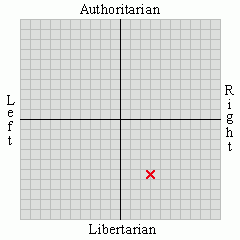A little more surprisingly, the article suggests that the effect seems to carry over in the case of a black servers and a black customer – that the lower tip-giving and the lower tip-receiving are independent factors. I haven’t read the underlying study. But reading the article, I have to wonder if the data is not robust enough to support that conclusion – and with respect to food servers, black customers tipped their black servers on average only one-half of one percent less than they tipped their white servers. One-half of one percent is statistically significant in some contexts but it seems to me that a sample size of 140 meals served with various combinations of races of customers and races of servers is enough to really notice a trend.
Prof. Ayres suggests that a possible solution is a “no tipping” policy or, in the alternative, something like a servicio. This is a trick I’ve noticed in some places which is a tip incorporated into the bottom line on the check, which the customer must go out of their way to alter when signing the check. This seems usually to be implemented to defeat the parsimony of (dare I say it, northern European) tourists who typically don’t tip at all unless specifically reminded to do so.
Now, yes, I know that in a lot of places, tips are pooled so that seaters and busboys share in the tips which are typically given to a server or a bartender -- but that doesn't help the cabbie and it also doesn't change the fact that the giving of tips is affected by racial attitudes.







No comments:
Post a Comment